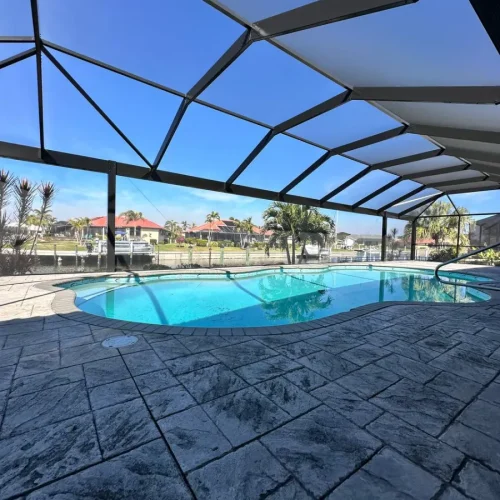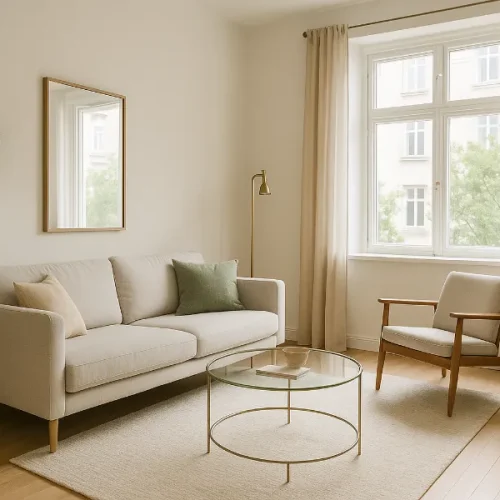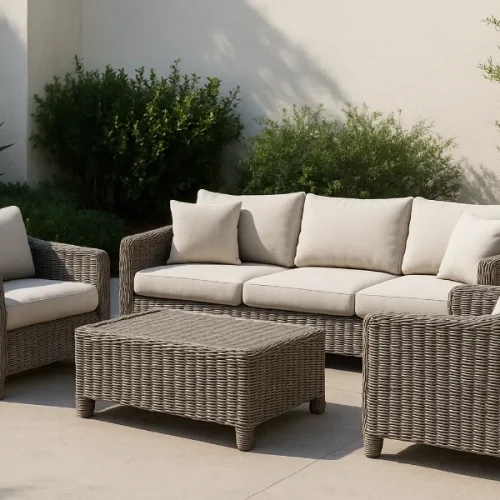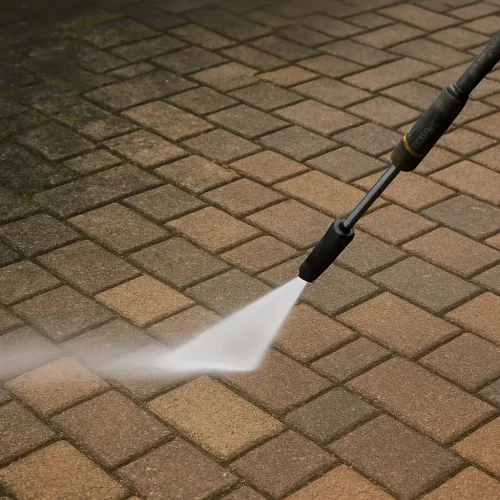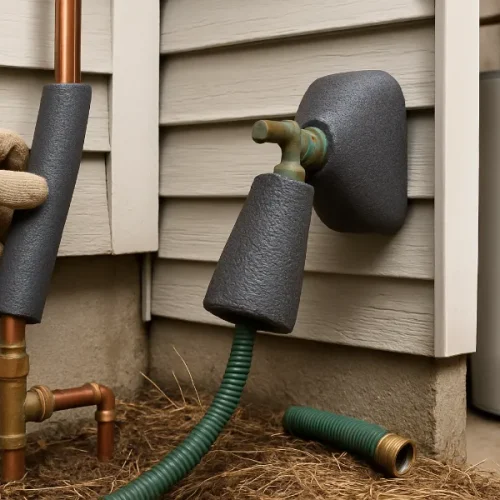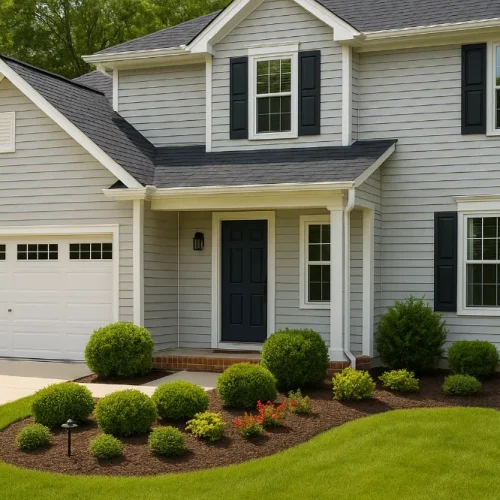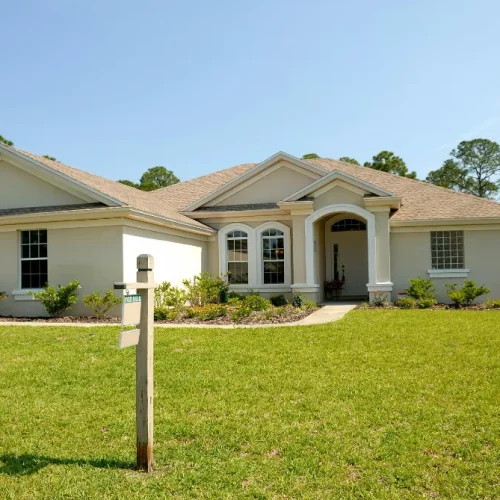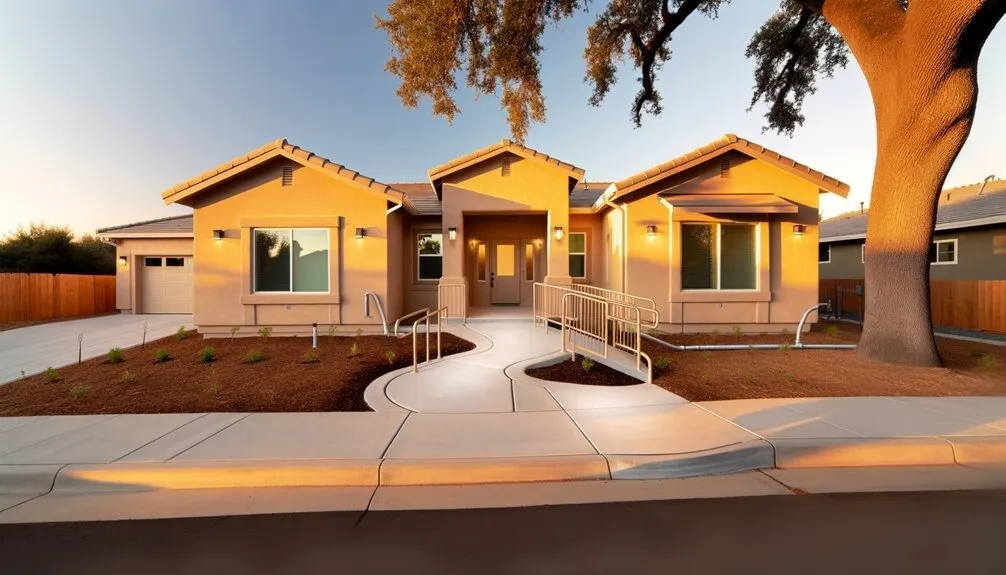
As the population ages, the conversation around housing must shift from traditional home buying to intentional planning for long-term comfort and safety. Many assume their current living space will suffice indefinitely, yet statistics reveal that falls and accessibility challenges force thousands into unexpected relocations each year. The difference between aging in place successfully and facing premature institutional care often hinges on decisions made today about home selection and modification, decisions that require careful consideration of factors most people overlook.
Understanding the Importance of Elder-Friendly Home Design
As individuals age and physical abilities naturally decline, the home environment must evolve to support their changing needs. Elder-friendly design prioritizes safety, accessibility, and independence, reducing fall risks and injury potential while enabling seniors to maintain their daily routines with minimal assistance. Traditional homes often contain hazards like steep stairs, narrow doorways, slippery floors, and poorly lit spaces that pose significant challenges for those with limited mobility, balance issues, or diminished vision. These obstacles can transform simple tasks into dangerous undertakings.
Implementing thoughtful modifications creates spaces where aging adults can navigate confidently and comfortably. Strategic design choices extend the duration seniors can remain in their homes independently, delaying or eliminating the need for assisted living facilities. This autonomy preserves dignity, mental well-being, and quality of life during later years.
Key Factors to Consider When Searching for a Senior-Friendly Home
When relocating or selecting a residence for aging in place, several foundational elements determine whether a property will adequately serve an elderly occupant’s needs. Single-level floor plans eliminate stair-related fall risks and facilitate mobility aid usage. Wide doorways and hallways accommodate wheelchairs and walkers, while zero-threshold entries prevent tripping hazards. Bathroom safety features include grab bars, walk-in showers, and raised toilet seats. Adequate lighting throughout the home addresses age-related vision changes, and lever-style door handles and faucets require less grip strength than traditional knobs. Those exploring houses for sale Morrisville NC can find properties designed with these accessibility features, ensuring long-term comfort and safety for senior residents.
Proximity to medical facilities, pharmacies, and grocery stores reduces transportation burdens. Flooring should provide slip resistance without creating obstacles. Emergency response systems and accessible electrical outlets positioned at convenient heights enhance safety and independence. Community amenities like elevators and maintenance services further support aging residents.
Essential Home Features That Support Safety and Accessibility
Beyond the broader considerations of location and layout, specific architectural elements and built-in modifications form the foundation of a truly accessible living environment. Zero-step entries eliminate tripping hazards at doorways and thresholds. Wider doorways accommodate wheelchairs and walkers, with 36 inches being the recommended minimum width. Lever-style door handles require less grip strength than traditional knobs. Bathrooms should feature walk-in showers with built-in seating, grab bars near toilets and bathing areas, and non-slip flooring.
Adjustable-height fixtures allow customization as needs change. Adequate lighting throughout the home prevents falls, particularly in hallways and staircases. Ground-floor living spaces minimize stair navigation. When stairs are unavoidable, sturdy handrails on both sides provide essential support. Open floor plans facilitate easier movement and reduce collision risks with furniture.
Enhancing Mobility at Home: The Benefits of Stair Lift Installation for Seniors
While ground-floor living arrangements offer ideal accessibility, many seniors live in multi-story homes where relocating isn’t feasible or desirable. Stair lifts provide a practical solution that allows older adults to maintain access to all living spaces safely and independently. Modern stair lifts accommodate various staircase configurations, including straight, curved, and narrow designs. These motorized chairs feature intuitive controls, safety sensors that detect obstacles, and secure seatbelts.
Installation typically requires minimal structural modification, preserving home aesthetics while adding functionality. The primary benefits include fall prevention, reduced physical strain on joints, and continued bedroom access upstairs. For those concerned about affordability, various stair lift financial assistance programs and grants can help reduce upfront installation costs, making accessibility upgrades more attainable. This mobility aid enables seniors to age in place comfortably without sacrificing entire floors of their homes. Professional assessment guarantees proper model selection based on individual needs and staircase specifications.
How to Work with Professionals for Senior Home Modifications
Successful home modifications require careful coordination between homeowners and specialized contractors who understand aging-in-place principles. Begin by consulting with occupational therapists who assess specific mobility needs and recommend appropriate modifications. Select contractors certified in universal design or aging-in-place specializations, verifying their credentials and references from previous senior home projects. Request detailed proposals outlining timelines, materials, and costs before committing, and ascertain contractors obtain necessary permits and carry adequate liability insurance.
Communicate preferences clearly, including grab bar placement heights, lighting intensity requirements, and flooring texture specifications. Schedule modifications strategically to minimize disruption, prioritizing safety features first. Maintain open communication throughout the project, conducting regular inspections to verify work meets accessibility standards. Document all modifications with photographs and receipts for future reference and potential insurance claims or home resale considerations.
Creating a Long-Term Plan for Aging Comfortably and Independently
A thorough aging-in-place strategy begins with honest assessment of current capabilities, anticipated changes, and desired lifestyle outcomes over the next ten to twenty years. Homeowners should document mobility limitations, chronic conditions, and family medical history to predict future needs. Financial planning must account for renovation costs, potential home equity conversion, and emergency modification funds. Consulting with geriatric care managers, occupational therapists, and elder law attorneys provides extensive guidance.
These professionals identify gaps between current home features and future requirements, recommending phased implementation schedules. Prioritizing modifications guarantees critical safety updates occur first, while aesthetic improvements follow budgetary constraints. Regular plan reviews every two years allow adjustments based on health changes, technological advances, and evolving universal design standards. Flexibility remains essential, as aging trajectories vary greatly among individuals.
Conclusion
Creating an elder-friendly home is about more than convenience, it’s an investment in long-term comfort, dignity, and independence. By choosing accessible layouts, incorporating safety features like stair lifts and grab bars, and working with qualified professionals, seniors can design living spaces that evolve with their needs. Thoughtful planning today prevents costly relocations and ensures continued enjoyment of familiar surroundings. When homes are designed to support aging gracefully, they become true sanctuaries, places where safety meets comfort and where individuals can thrive confidently throughout every stage of life.
FAQs
Aging in place refers to living in your own home safely and independently as you get older.
Proper design reduces fall risks, improves mobility, and supports daily independence.
Single-level layouts are preferred because they remove the need to use stairs.
Installing grab bars, walk-in showers, and non-slip flooring improves safety and accessibility.
Wider doorways accommodate wheelchairs, walkers, and easier movement throughout the home.
Bright, even lighting in hallways, bathrooms, and entryways reduces tripping and vision-related risks.
Yes, stair lifts allow seniors to move between floors independently and reduce fall risks.
They require less strength and are easier to use for those with arthritis or limited hand mobility.
An occupational therapist can evaluate mobility needs and suggest appropriate modifications.
Create a long-term plan that accounts for health changes, potential renovations, and financial considerations.




